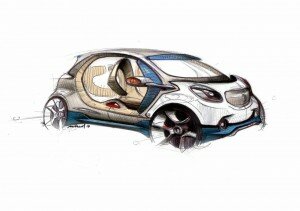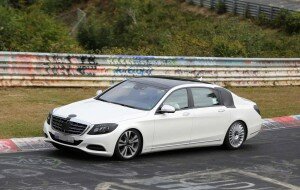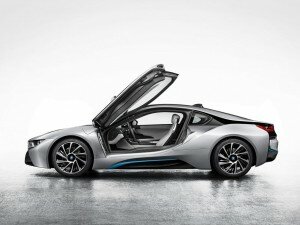

If a brand surrounded by controversy and the rest of the industry looks in disbelief, closely monitors or pretends indifference to it, that is Tesla Motors. And that is only making 100% electric cars in a country where they have mastered the V8 “lifetime”, full of torque, but blatantly inefficient in terms of consumption, can lead only to be under lso focuses on permanence.
Recently proof of a Tesla Model S (and quick cargo net Tesla, Supercharger, on the east coast of the United States) published in the New York Times has provoked a verbal battle between Elon Musk, CEO of the brand, and John Broder, author of the test. In it, John Broder complained that ran out of batteries. To which Elon Musk said it was all false. And that is rolled around. Today, however, Tesla, through his blog, published test data recorded in the central computer of the car.
Elon Musk recalls at the outset that these are activated recording only with the express permission of the client. As Broder proved a press unit therefore brand ownership, data (consumption, load time, speed, etc.) are always recorded. According to data provided by Tesla lso, Broder would not have enough batteries recharged, unlike what you wrote in your article, and circulated at a much higher speed (between 61 and 85 mph) to 54 mph that says not to have exceeded in his article. According to Tesla, one of the charges was made in 47 minutes and not 58 as written. In one case only have recharged the batteries by 28%.
According to a representative from Tesla, the brand will not make further comment on this topic. Now need to know how you will react the New York Times against a frontal attack to his credibility. We are not the one to say which of the two parties is right, but it is clear that it does not end here.
Reviewed by Agung Susanto on
Rating: 4.5











![2014 BMW X5 M50d [1]](/wp-content/uploads/2013/08/2014-BMW-X5-M50d-1-300x199.jpg)











